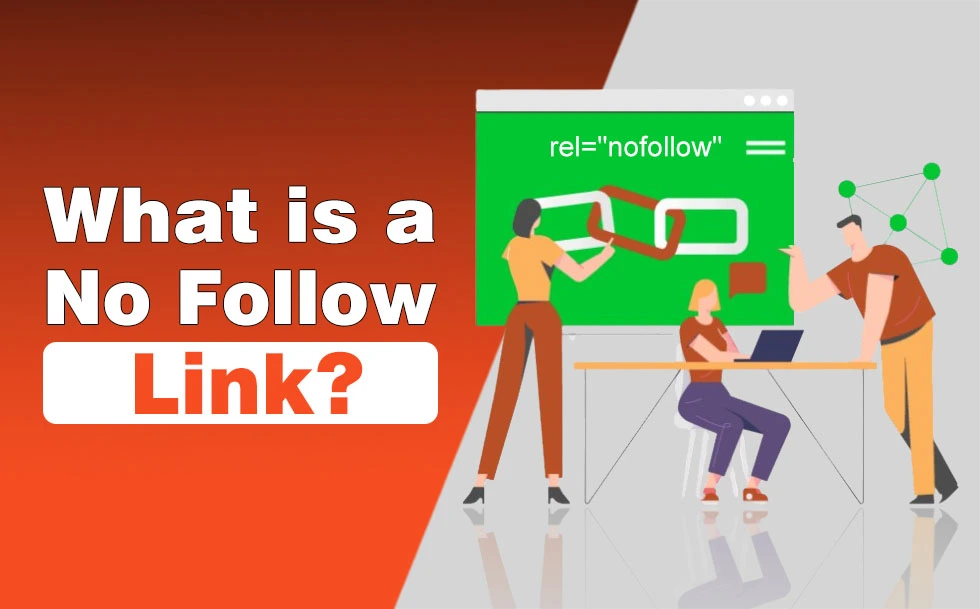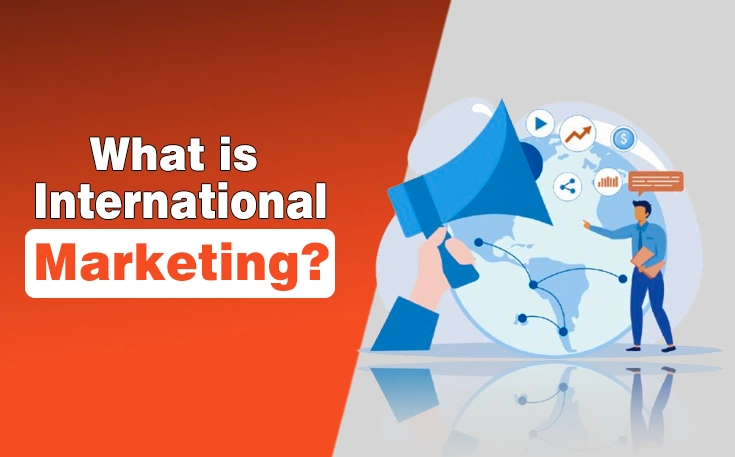Have you ever walked into a store, office, or event space and instantly felt drawn to explore more? That reaction was no accident; it was the result of intentional space planning. Modern businesses know that the physical arrangement of a space can make or break a marketing campaign.
It is not just about where furniture sits; it is about influencing how customers move, what they notice, and how they feel. Whether you run a retail store, restaurant, or corporate office, the way your space is designed directly impacts customer behavior, brand perception, and ultimately, sales.
In this guide, I will talk about how smarter space planning supports big marketing ideas. Let’s catch the details.
How Smarter Space Planning Supports Big Marketing Ideas?
Space is more than just an empty canvas where furniture and décor live. It is a silent salesperson that influences how people think, move, and buy. When you design your physical environment with intention, you can turn it into a marketing powerhouse that guides customers toward the actions you want them to take.
From the colors on the walls to the pathways they walk, every element can shape behavior. This is where the science of space psychology comes in, and shows us exactly how design choices influence decision-making and drive sales.

Below are some important things you should consider:
1. Space Psychology and Behavior
Understanding how people think, feel, and move in a space is essential to influencing their purchasing decisions. A well-designed environment can subtly guide actions without customers even realizing it.
When visitors step into a thoughtfully arranged space, their brains process layout, lighting, and visual elements within seconds. These first impressions determine how long they stay, where they walk, and what they buy.
Key Psychological Triggers in Space Design
- Natural Movement Patterns: Studies show most people turn right upon entering an enclosed space, making this side ideal for high-impact displays.
- Color Psychology: Warm tones like red and orange create urgency and excitement, while cool tones like blue and green foster trust and relaxation.
- Ceiling Height: High ceilings encourage creativity and suit high-end brands. Low ceilings create intimacy and focus attention on specific items.
- Sound Influence: Soft background music makes visitors linger; upbeat music increases turnover speed during busy periods.
- Scent Marketing: Pleasant scents evoke emotions and memories, influencing buying behavior.
When strategically applied, these principles can help businesses create “invisible funnels” that guide customers toward desired actions, whether that’s exploring more areas, engaging with displays, or making a purchase.
2. Brand Experience Zones
Brand experience zones transform ordinary spaces into immersive environments that tell your company’s story. They allow customers to connect with your brand on a deeper level through touch, sight, sound, and even smell.
Before getting into examples, remember the goal: to make your brand tangible, memorable, and emotionally engaging.
Elements of Effective Brand Experience Zones
- Interactive Product Demonstrations: Let customers try products firsthand.
- Digital Storytelling Displays: Share customer success stories and testimonials.
- Comfortable Engagement Areas: Create spaces that encourage customers to linger.
- Social Media Walls: Display real-time customer posts and reviews.
- Branded Photo Spots: Encourage visitors to share images online, boosting brand visibility.
A tech store might create a gadget demo area, while a furniture retailer could stage fully furnished living spaces. Even service-based companies, like financial firms, can design consultation zones that feel inviting rather than formal.
For businesses with multiple locations, like companies utilizing storage units in Ohio, consistent design ensures brand recognition and builds trust. These zones typically increase customer engagement, dwell time, and conversion rates.
3. Traffic Flow Optimization
Traffic flow refers to how people navigate through your space. If customers move freely without confusion or congestion, they are more likely to explore and engage. Poor traffic flow, on the other hand, can shorten visits and reduce sales opportunities.
Why Traffic Flow Matters for Marketing?
- Customers discover more products naturally.
- Displays in high-traffic zones get maximum exposure.
- Natural pauses in movement increase the chance of impulse purchases.
Best Practices for Designing Effective Flow
- Track and analyze shopper movement during different times of day.
- Remove obstacles that cause bottlenecks or force backtracking.
- Use wide main walkways with narrower side aisles for focused browsing.
- Place popular items toward the back to encourage full store exploration.
- Use lighting, flooring patterns, and ceiling elements to subtly guide movement.
When customers enjoy moving through a space, they stay longer, and the longer they stay, the more likely they are to buy.
4. Technology Integration
Technology can enhance physical spaces when used strategically. The goal is to add value without overwhelming customers or disrupting natural interaction.
Smart Tech Integration Ideas
- Interactive Kiosks: Provide information where customers naturally pause.
- Digital Signage: Ideal for areas with longer dwell times.
- Mobile Connectivity: Ensure strong Wi-Fi and offer charging stations in comfortable spots.
- Augmented Reality (AR): Let customers visualize products in their own environments.
- QR Codes: Link to product details without cluttering physical displays.
Integration Tips for Maximum Impact
- Install digital screens at eye level in high-visibility spots.
- Use motion sensors to activate displays only when needed.
- Develop mobile apps that complement in-person visits.
- Place charging points in rest areas to encourage longer stays.
- Incorporate smart lighting that adapts to time and occupancy.
Technology should feel natural, enhance interaction, and work reliably. Flashy features mean nothing if they fail when customers need them.
5. ROI Through Smart Design
A real-world example highlights the power of smart space planning.
A mid-range electronics store in Denver was getting high traffic but low sales. Narrow aisles made customers feel cramped and frustrated, causing them to leave quickly. The store redesigned its layout using strategic space planning:
- Expanded main walkways for easier navigation.
- Added product demo stations for high-value items.
- Removed non-essential displays blocking sightlines.
- Positioned best-selling accessories near entrances for impulse buys.
- Created lounge areas with charging stations to encourage longer stays.
- Installed electronic price comparison screens at key decision points.
The results in six months:
- 34% increase in average transaction value.
- 28% boost in customer satisfaction.
- Customers stayed 12 minutes longer per visit.
The store recovered its design investment in just one quarter, proving that space planning drives measurable business results.
6. Moving Forward with Strategic Planning
One of the most economical ways of upgrading marketing impact is smarter space planning. The physical environment that you offer will define every experience that the customer will have, starting with their first foot in your business and the last event of making their purchase decision.
Begin on a small scale by correcting evident traffic flow problems or enhancing high-impact display portions. Make bigger changes gradually and see results. It is all about positioning your layout and design choices and technology along with your marketing objectives so that every square foot of your location will be serving you in the achievement of your business goals.
Final Thoughts
How you plan and organize your space is not simply a design decision, but a business strategy. Smart space planning links the physical environment with your marketing objectives so that every square foot is utilized to work in your favor.
When you know customer psychology, you can design immersive brand spaces, streamline traffic patterns, and use technology in a meaningful way. You will instinctively drive up participation, transaction, and retention as a result of creating the right environment.
Companies succeed that understand space is not just a place, but a place with personality, and your space can convert visitors into loyal customers.
Need custom app with amazing features?
Get a Quote




